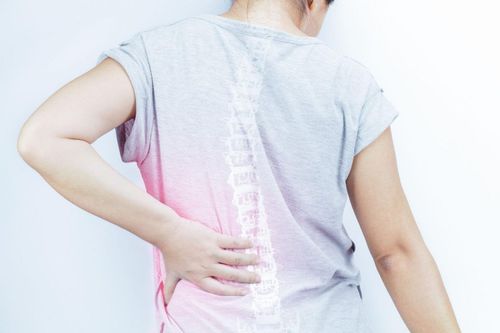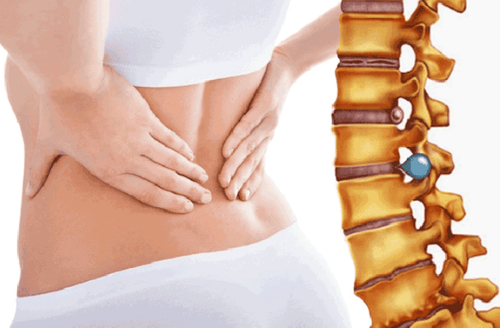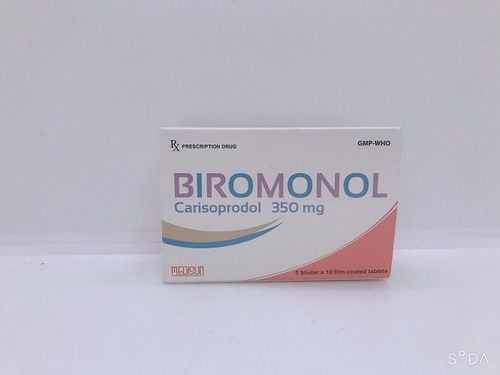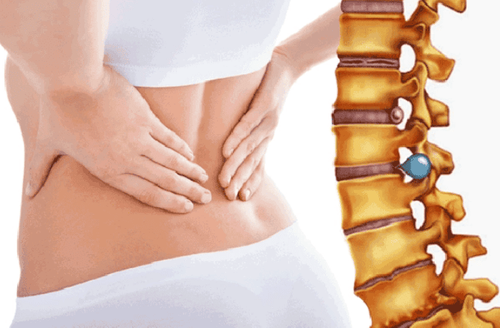This is an automatically translated article.
Herniated discs in the lumbar spine cause compression of the spinal nerves, causing the patient to experience a lot of pain. Some exercises help patients with herniated discs. However, some movements make the condition worse.1. Should herniated disc disease walk?
Walking is a very suitable exercise for people with lumbar disc herniation. Regular daily, patients can walk for 30-45 minutes in the morning and afternoon or if they have time, they should take advantage of both sessions. This is an exercise to treat back pain, herniated disc is quite simple and easy to do, anyone can apply.
Initially, the patient should walk slowly, then can go faster, step quickly but gently, decisively. In order not to lose strength, the patient should regulate his breathing so that it is regular, inhaling through the nose and then gently exhaling through the mouth. Note correct posture when walking: Head straight looking forward, back straight, shoulders and arms for comfort, natural gentle hand strokes.
2. Can a herniated disc do yoga?
Yoga exercises can be of great help with back problems, including herniated discs. When performing yoga poses (for about 10 to 60 seconds), the patient can somewhat strengthen the muscles in the back as well as in the abdomen gently. The muscles of the back and abdomen are essential components of the muscular network of the spine, so strengthening these muscles will help the body maintain an upright posture and proper movement. Strong muscles will help reduce the feeling of back pain a lot.
Yoga also helps the muscles to stretch and relax comfortably. While performing yoga exercises, some muscles will be relaxed and stretched, helping to promote flexibility and repel musculoskeletal problems. Furthermore, the hamstring stretch (located on the back of the thigh) helps widen the range of motion in the pelvis, reducing pressure on the back. Practicing yoga also works to increase blood flow, allowing nutrients to flow better, transmitted to the muscles and soft tissues in the lower back.
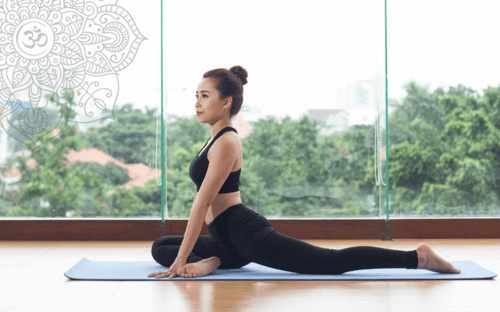
Yoga là bài tập thích hợp cho bệnh nhân bị thoát vị đĩa đệm
3. Therapy with moderate swimming exercises
Just 20 - 30 minutes of swimming a day will bring relaxation to the tendons, muscles, joints, help reduce pressure on the protruding disc, reduce pain quickly. Swimming is generally a safe sport, limiting the risk of spinal injury. However, patients with herniated discs should not swim too hard, swim for too long, but should practice regularly every day to achieve the best results. In addition, during the treatment of the disease, the patient must not be in a hurry, because it is likely to cause side effects and adversely affect health.
4. Herniated disc should jogging?
The disc acts as a shock absorber for the spine. When the patient runs continuously, the entire body weight will be put on the legs and waist, causing stress on the discs. Therefore, for the question "Should herniated discs go for a run?" Experts advise not to. Because jogging will increase the severity of symptoms of lumbar disc herniation for patients.
5. Can herniated disc do gymnastics?
Gym movements like bending down and lifting weights will impact the spine, causing shock. Similarly, lying on your back and lifting weights can also make the disease worse by causing symptoms of intense pain. Therefore, it is best for patients to stay away from lifting and pushing weights to limit overloading the spine, which is already weakened by herniated disc disease.
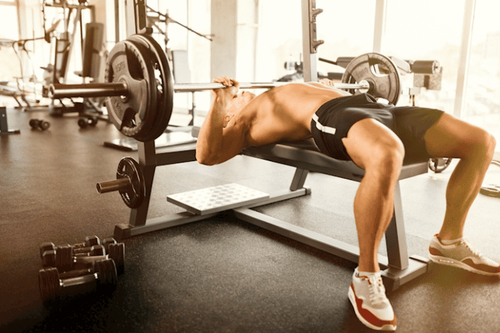
Người bị thoát vị đĩa đệm không nên nằm ngửa nâng tạ
6. Do not perform twisting movements
Herniated disc often occurs in the lumbar spine just above the hips, so twisting movements will inadvertently cause the disc to herniate faster than usual.
7. Avoid movements that keep your legs straight
Exercises that require the patient to keep the legs straight will put more pressure on the spinal position. Therefore, patients with herniated disc should completely avoid exercises to straighten the legs when lying on their back or bending down to touch the fingers to the toes and keep the legs straight.
8. Do not do leg exercises alone
One piece of advice for patients with herniated disc in the spine is not to do exercise machines specifically for the legs. Because exercises that emphasize the legs are likely to aggravate the condition. Even simply bending or pushing the legs will increase the pressure on the vertebrae at the same time.
9. Herniated disc should avoid squatting
Squatting is considered a bad position for patients with herniated disc. The reason is that the squatting movement will increase the compression on the spine and discs, causing this part to be compressed for a long time, unable to absorb nutrients. This is the cause of herniated discs and makes the disease worse, affecting the spine, leading to back pain.
Patients with mild disc herniation, if they can exercise and exercise moderately, are very helpful in supporting the treatment of the disease. However, if there is pain, the patient should visit a doctor to receive appropriate advice and treatment and take measures to prevent herniated disc in the lumbar spine, avoid excessive exercises. health, making the disease worse.
10. Advantages when treating disc herniation at Vinmec Central Park
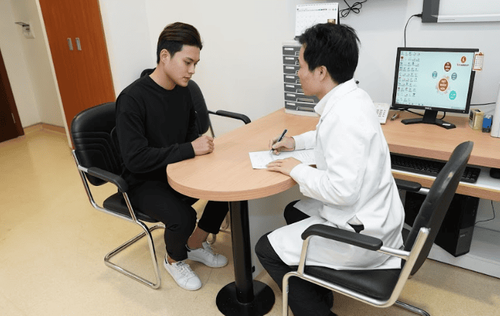
Bệnh nhân khám bệnh tại Bệnh viện Đa khoa Quốc tế Vinmec
Surgery to remove lumbar disc herniation is one of the surgeries performed annually at Vinmec Central Park International Hospital with the advantage of a success rate of over 95%. Surgery to treat disc herniation at Vinmec Central Park is performed by a team of experienced doctors and surgical crews in the treatment of musculoskeletal diseases, with modern machines such as: Avance CS2 anesthesia machine; GE and C-arm's R860 ventilator.
Please dial HOTLINE for more information or register for an appointment HERE. Download MyVinmec app to make appointments faster and to manage your bookings easily.




